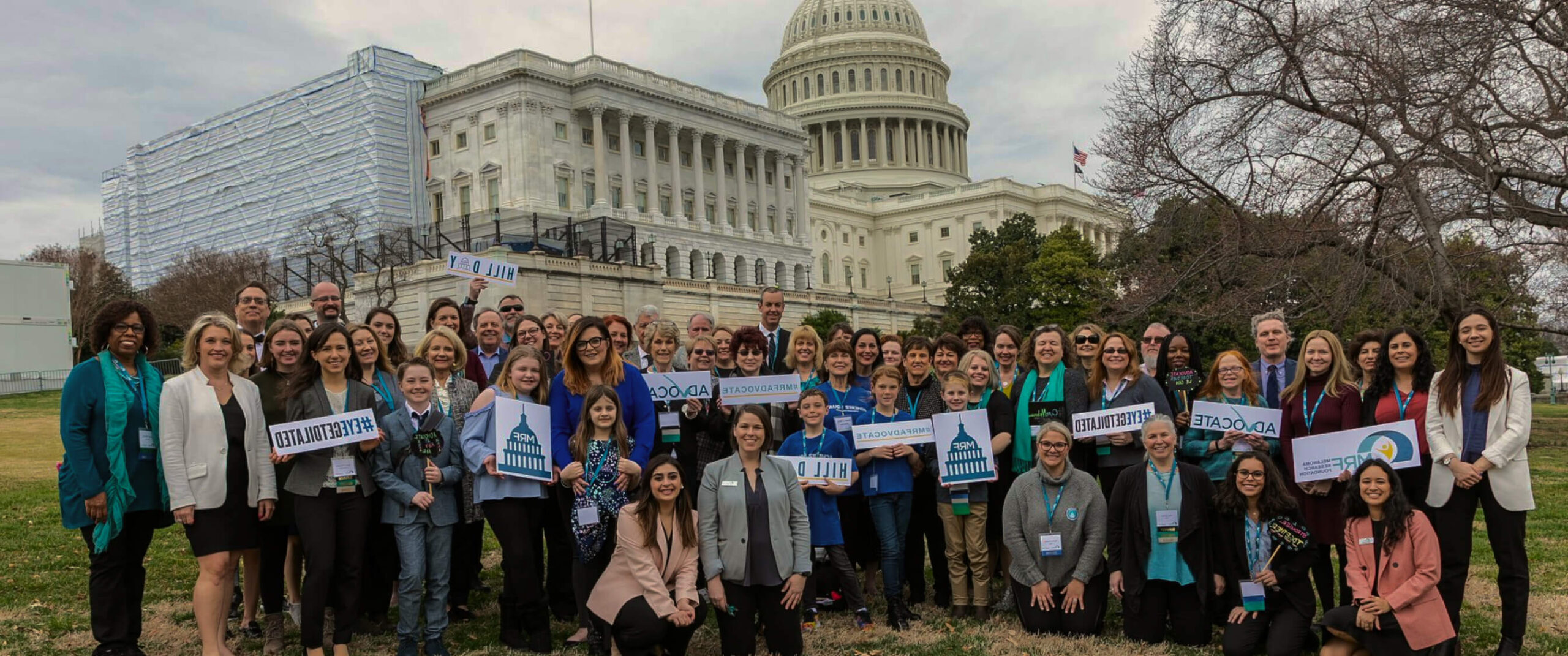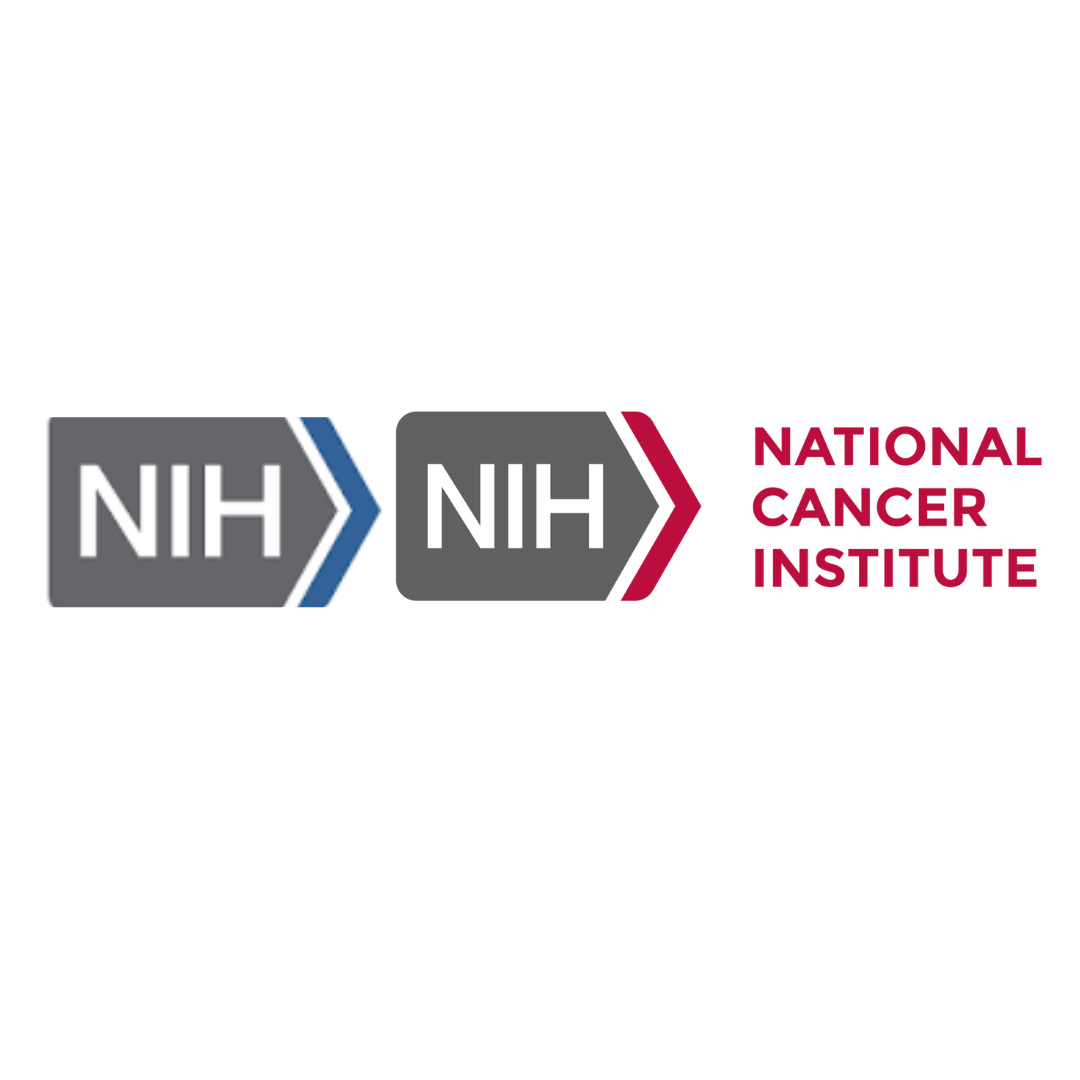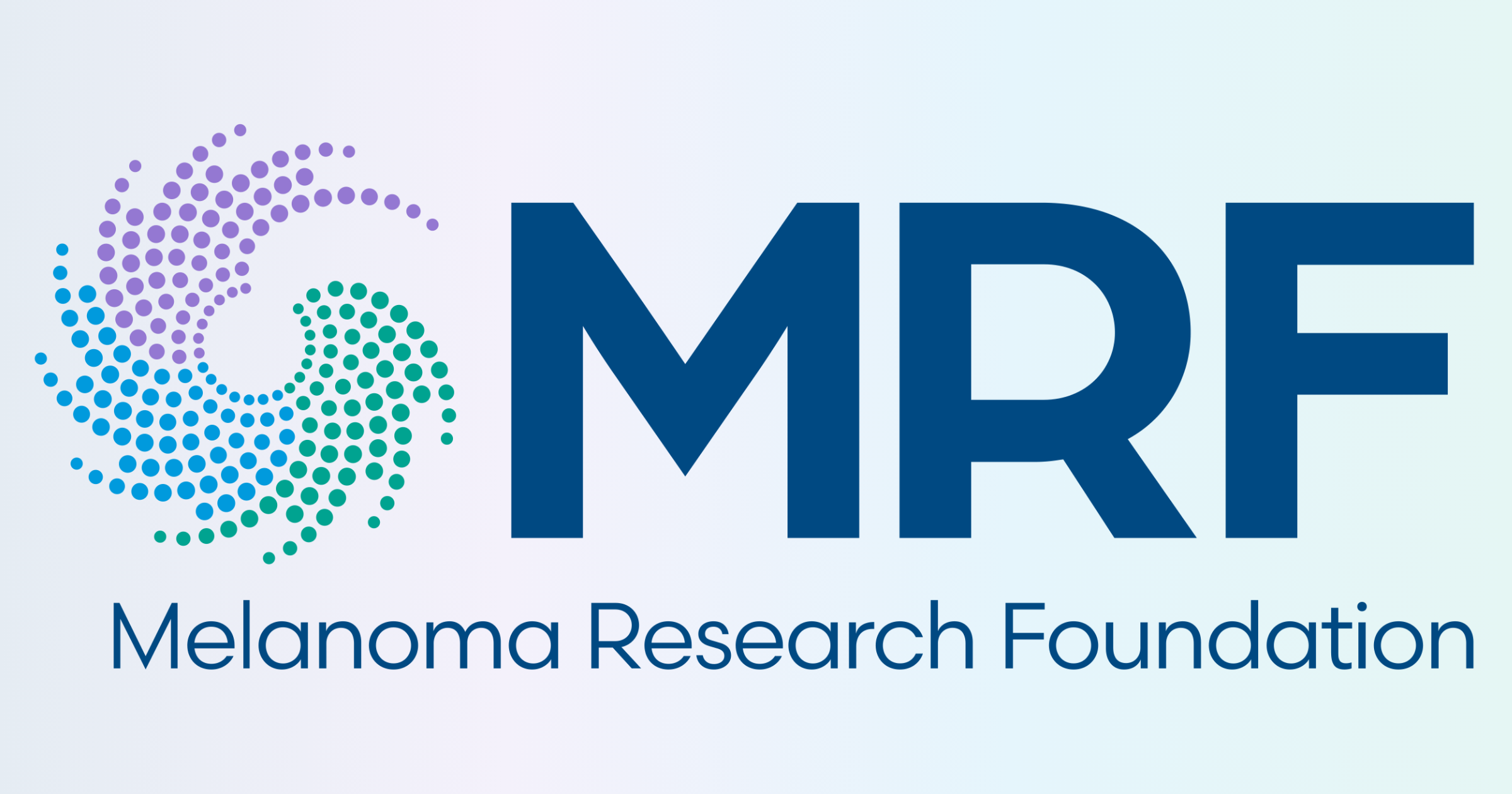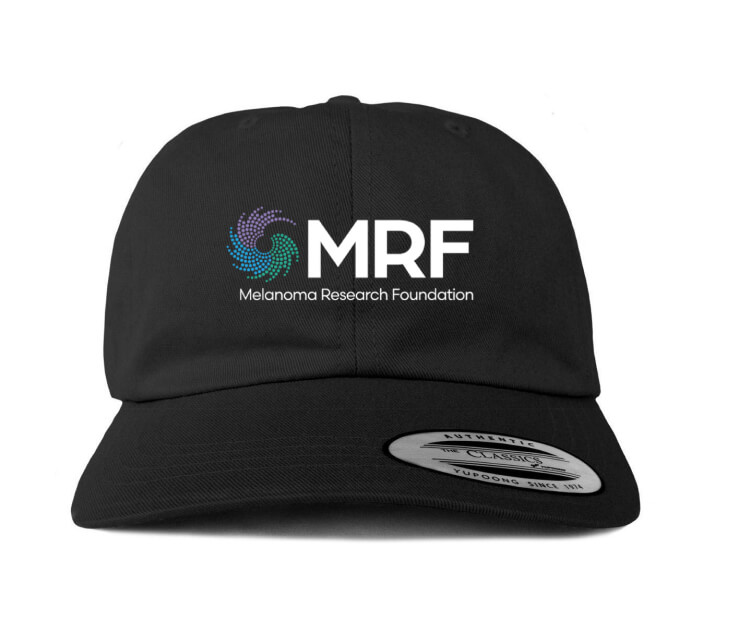January 27, 2025
Advocacy
Federal Funding
The MRF continues to advocate for increased research funding in order to one day achieve a world without melanoma. The United States federal government is the largest funder of cancer research in the world and advanced innovation in melanoma prevention, detection and treatment is only possible with continued investment in high-quality research.

Defense-Funded Melanoma Research.
From Fiscal Years (FY) 2009 to 2018, melanoma researchers were eligible to receive Defense funding through the Peer Reviewed Cancer Research Program (PRCRP). Over that time period, the Department of Defense through the PRCRP funded $52.5 million in melanoma research.
In September 2018, MRF Advocates rallied to make melanoma a national priority and they successfully advocated for dedicated melanoma research funding in the FY2019 Defense appropriations bill. Congress passed and the President signed into law the Fiscal 2019 Defense Appropriations bill, H.R. 6157, which included a separate line item for the Defense-funded Melanoma Research Program (MRP) and provided a $10 million appropriation for the program. This $10 million line item was the first time that melanoma research received dedicated Department of Defense (DOD) funding and represented a historic moment for the melanoma community.
Warfighters have unique exposures as a result of their service that increase their risk of melanoma. That’s why the MRF is committed to growing the amount of funding received by the MRP. From the initial $10 million in FY2019, the program has now grown to $40 million in federal funding thanks to the continued, steady work of our dedicated advocates.

National Institutes of Health (NIH) and National Cancer Institute (NCI) Funding.
A vast amount of melanoma cancer research comes from the NCI within the NIH — the primary federal agency charged with biomedical research.
Clinical advances in melanoma, including the development of targeted therapies and immunotherapies, have emerged from decades of NCI and NIH funded basic, preclinical and clinical research. Because of these highly effective therapies, from 2012 through 2016, melanoma saw the largest decrease in death rates compared to any other major cancer type — an average of five percent per year.1
A historic number of potential cancer breakthroughs are being left on the table while the NCI is unable to fund hundreds of high-quality research applications every year.
Without continued increases in funding, we risk losing a generation of young investigators. To maintain the pace of progress and discovery, Congress must provide long-term, sustained increases to the NIH and the NCI.
With the support of a powerful network of melanoma advocates, the NCI and NIH have seen a consistent increase in funding over the past several years. But there is still more work to be done.





